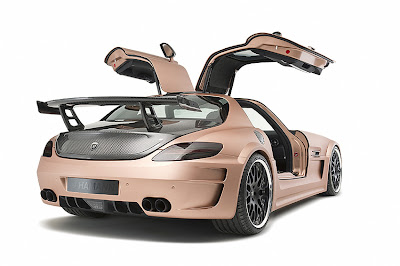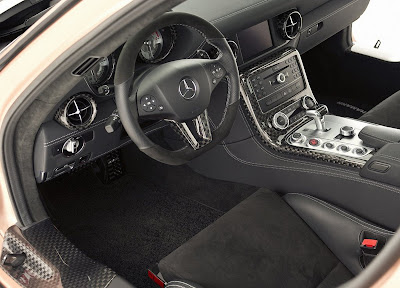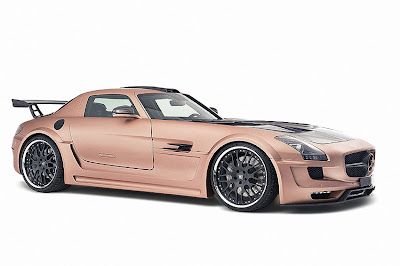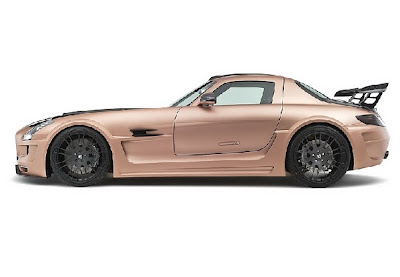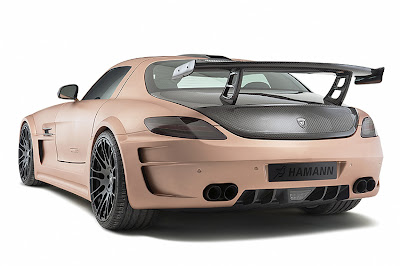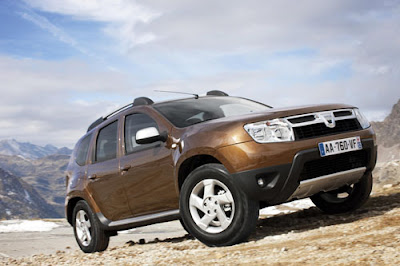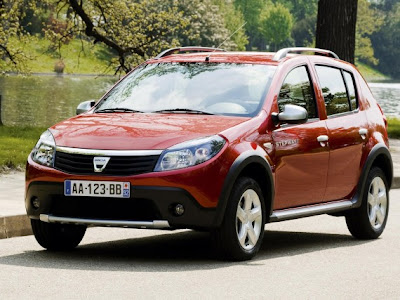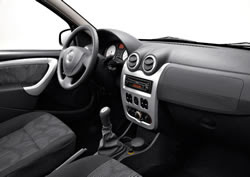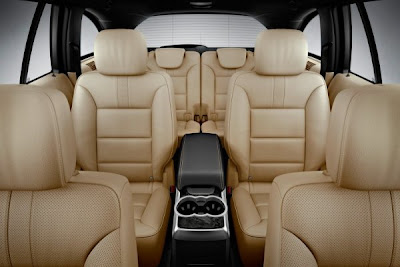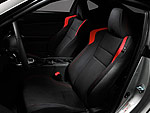Dacia Duster The project was born from the simple idea that there was a real need in the world for affordable, comfortable and sturdy 4x4, a class that is currently not well served. Aware of this hole, Renault has decided to develop an all-terrain vehicle designed primarily for emerging markets. The needs of European customers have also been taken into account from the beginning.
In emerging markets (Russia, Brazil, etc), the middle classes aspire to a modern car that reflects their social status. At the same time, want a solid car, reliable, versatile and able to cope with climatic conditions and needs can be difficult and varied (long distances, difficult terrain, the use in big cities). The current offer is largely dominated by imported SUVs, which are often priced beyond the reach of the middle class.
In Europe, the success of Dacia has stressed the need for modern vehicles, reliable and affordable. Although the current range of 4x4 and SUV are quite comprehensive, it neglects the function call, affordable all-terrain vehicle that promotes rather than SUVs, which are expensive and often poorly adapted to the needs of off road.
4x4 seems undeniable ...
At first glance, clearly a Dacia Duster 4x4. The front gives an impression of strength, with its imposing chrome grille guards and sump also clear references to his 4x4. Seen in profile, its high ground clearance, wide wheel arches and body protection is an open invitation to take on the toughest surfaces.
ATVs of today are often the same mass, the bias of a Dacia Duster blows away. Being 4.31 meters long and 1.82 meters wide, Dacia Duster is compact, so it is at home in urban areas than it is when you are off the beaten track. Although it is clear that belongs to the world of off-road racing tires, Dacia is attractive but not pretentious lines.
... Genuine ability to go anywhere
Dacia Duster has been designed to handle all types of roads and tracks around the world. To meet these different needs, it will be available in all markets both in the form 4x2 (for customers who want a good ground clearance and a high driving position without the need for four wheel drive) and transmission 4x4 off-road driving.
Dacia Duster reinforced trolley suitable for dirt roads and all types of terrain through the use of ground clearance (over 200 mm) and an impressive corner clearance (approach angle: 30 degrees, departure angle: more than 35 degrees).
Dacia Duster is easy to drive and does not apply only to drivers of off-road. Lightweight Long (1180 kg 4x2 - 4x41 1280 kg) and compact size ensure particularly agile. The 4x4 version, thanks to a unique and intuitive (by Nissan) located at the foot of the center console, drivers can easily Dacia customize the configuration of the vehicle at the time of transfer needs. Use this control to select one of three states:
When AUTO is selected, the front / rear torque split is calculated automatically as a function of available grip. This system is designed to provide optimum traction, taken for what is available and gives Dacia Duster genuine 4x4 capability. Under normal conditions, torque is transmitted to the front wheels only. If the drive is lost or when grip is at a premium, some of the torque is transferred to the rear. In extreme conditions, the torque is split evenly between the front and rear. This division is made in the electromagnetic torque converter supplied by Nissan.
In LOCK mode, the electronic conductor, it locks into 4x4 mode, where 50 percent of the torque constant is passed through the rear axle. This mode is recommended in low grip conditions (snow, mud, dust, sand) at low speed.
In 4x2 mode, the transmission is locked in two-wheel drive. This mode is suitable for road riding in good conditions and reduce fuel consumption.
A 4x4 that offers all the benefits expected Dacia
Dacia Duster, the sixth automaker in the Dacia range, will remain faithful to the philosophy of the brand by offering a cabin space than its price and low operating costs thanks to its thrifty fuel consumption and a high level of security and reliability in all conditions.
Habitability of their unbeatable prices
Although the price is comparable to the Dacia Duster city car, its exterior and interior dimensions are closer to the compact car segment above. It will comfortably accommodate five adults, as well as front and rear passengers to enjoy the space as much as the passengers of the sister of Logan.
Dacia Duster boot volume is unsurpassed, too, with a capacity of up to ISO 475dm3. Benchseat rear seat folded and tipped forward, the effective capacity compression load can easily exceed 1,600 dm3 ISO.
Reliable engines good fuel economy and low CO2 emissions
Both 4x2 and 4x4 versions of Dacia Duster will be available with a 1.6 16V 110 hp gasoline or 85 hp or 105 hp dCi diesel power. The three factories have already proven effective under the hood of a series of models of the Renault group.
These motors are ideally suited to the criteria of cost, robustness and ease of maintenance, which is a hallmark of the Dacia range. Combined with low weight Duster, they ensure that the rookie of Dacia returns low fuel consumption and has impressive green credentials with dCi diesel versions that emit less than 140g CO2/km in 4x2 (qualification for Dacia Duster eco ²) and less than 150 g CO2/km in the case of the 4x4 versions.
Safety: a priority
Dacia Duster benefits from Renault's expertise in the field of security. New features 4x4 ABS Bosch 8.1, and assist Electronic Brake Distribution and Brake EBV. In terms of passive safety, Dacia Duster comes with dual front airbags (depending on market) and three-point seat belts with force limiters for the front seats. Depending on the version, two side head / thorax airbags are fitted, in addition to the driver and passenger airbags front to provide extra protection in side collisions. Pyrotechnic front seats (depending on version) Dacia Duster complete restraint system. Besides keeping the breast firmly in place, limit body movement forward in the event of a frontal impact by tightening the belt around the chest and knees.
Reliability and endurance criteria Dacia
Like all vehicles B0/Logan based platform, Dacia Duster has been designed to provide power and reliability features drivers have come to expect from the brand.
Special attention was given to you for protection against corrosion of several precautions:
wax injection of hollow base and opening up,
mastic sealing of exterior joints,
treatment of the wax base of additional mechanical components
House protection chip for low thresholds and wheel arches.
Similar treatment was paid for the electrical and electronics industry, which has already seen the installation of some Renault models.
To support its high level of quality, Dacia Duster is guaranteed for three years or miles of 100 000 in most European markets.
CALL truly international
Dacia Duster is a truly international vehicle, both in terms of markets and production. It will become the world are increasingly available, following the example of Logan and Sandero.
Main markets of the Dacia brand, which will be published in spring 2010
Dacia will launch next spring in Europe, Turkey and the Maghreb countries (Algeria, Morocco). This completes the model line-up, Dacia, which is growing, most of these markets. In addition, three vehicles (Logan, Logan MCV and Sandero), Dacia has focused its claim in the commercial vehicle sector Logan Van and Logan Pick-up.
In June 2010, Duster will also be available in Ukraine, the Middle East (Israel, Jordan, Syria, Egypt and Lebanon) and in some African countries badged as Renault.
The Pitesti plant will provide all these markets with both Dacia and Renault-badged versions. The plant in Romania has an annual production capacity of 350,000 cars, and will continue to produce other models of the brand.
Renault Duster in Russia, Brazil and the Gulf States in 2011
Dacia Duster will be expanded to other parts of the world in 2011. It will be distributed in the Gulf States, has Pitesti, and will also be built along with Logan and Sandero Sandero Stepway in Curitiba, Brazil, for distribution in Brazil, Argentina, Mexico and Chile. At a later stage, Duster going to be produced at the Avtoframos plant in Moscow, Russia.











